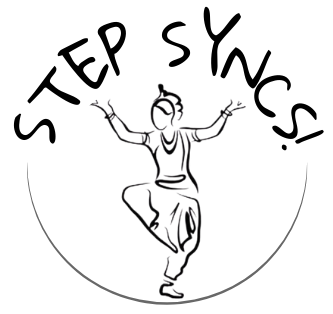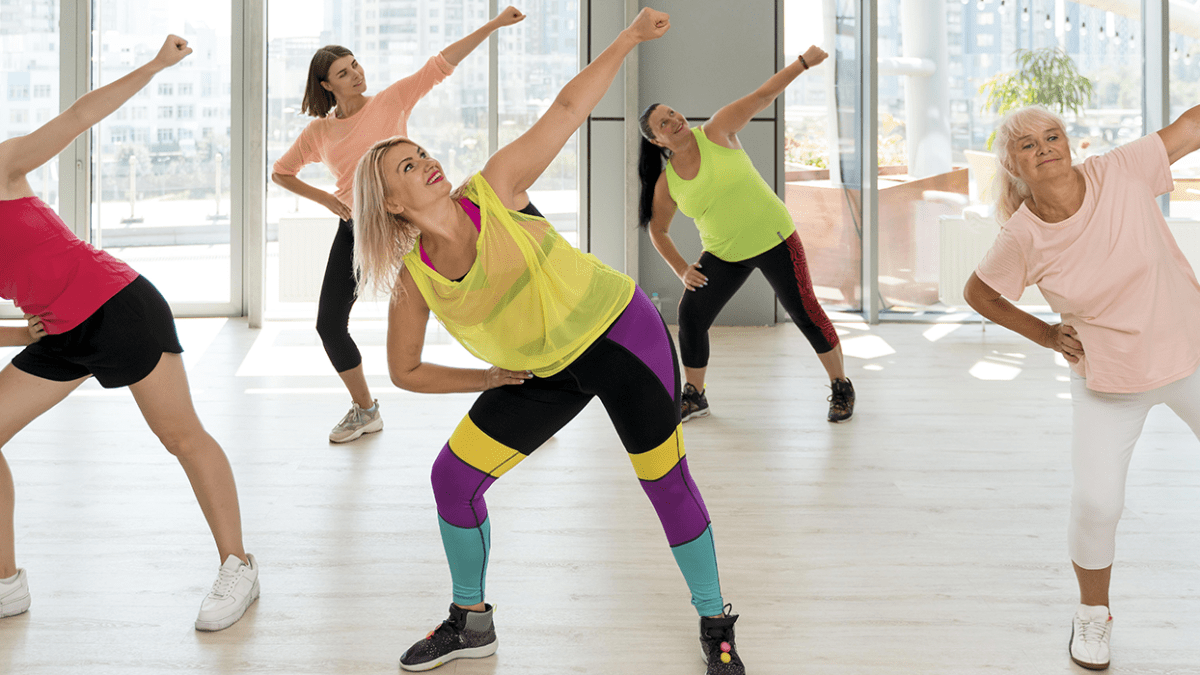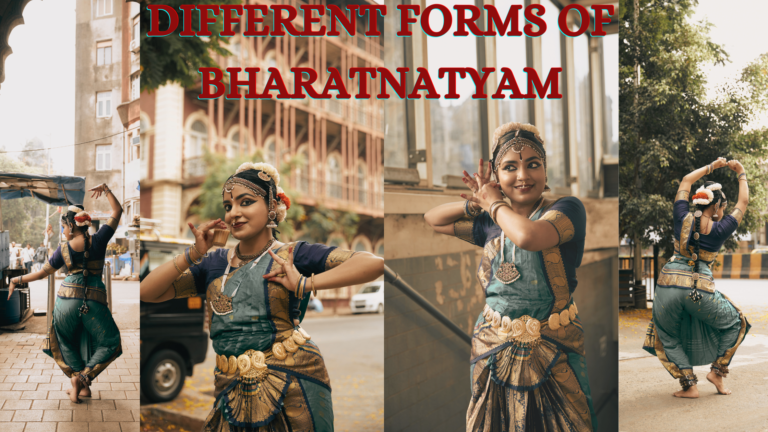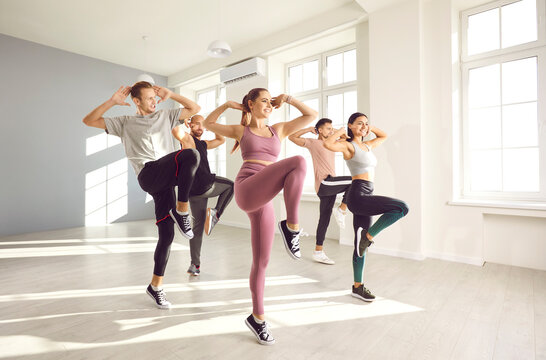Zumba: A Fun Path to Fitness and Joy
Zumba is more than just a workout; it’s a dance fitness revolution that combines energetic music with high-energy dance moves to create a fun and effective way to get in shape. Rooted in Latin dance styles like salsa, merengue, and reggaeton, Zumba has gained popularity worldwide for its ability to make exercise enjoyable. In this blog, we’ll explore the benefits of Zumba, some basic steps, and why it’s an ideal choice for fitness enthusiasts of all levels.
What is Zumba?
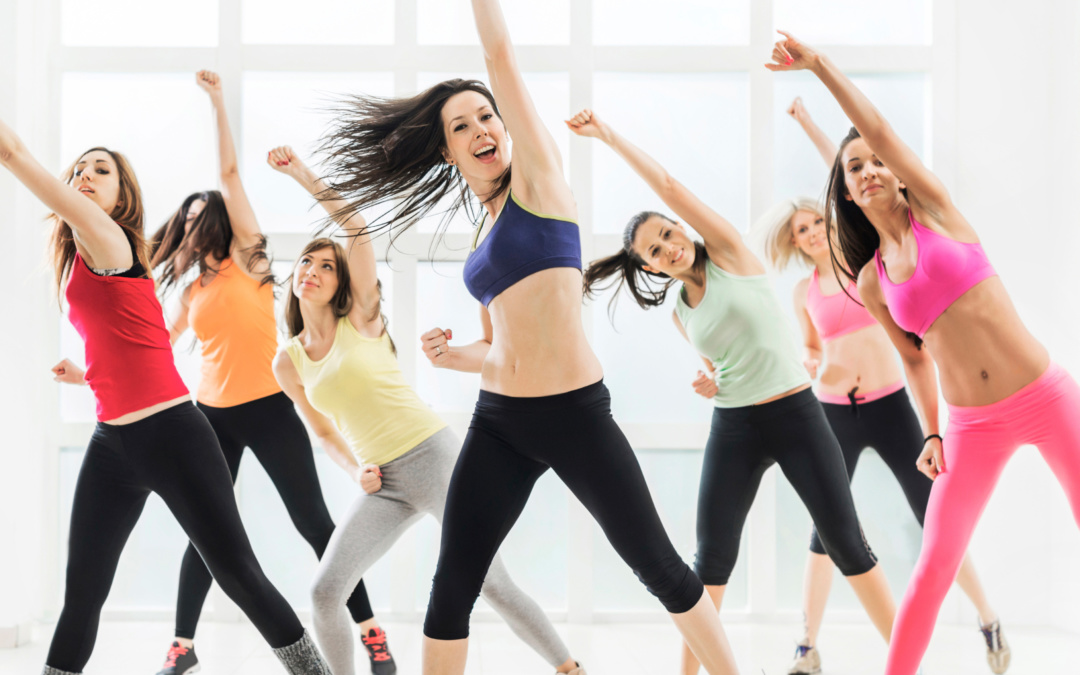
Zumba is a cardio-focused workout class that blends dance and aerobics with a fun, high-energy atmosphere. Created in the 1990s by Colombian dancer and choreographer Alberto “Beto” Perez, Zumba aims to make working out feel like a party. Each session typically includes music with fast and slow rhythms, alternating between intense and moderate cardio, making it a great option for burning calories and toning muscles while having a blast.
Benefits of Zumba
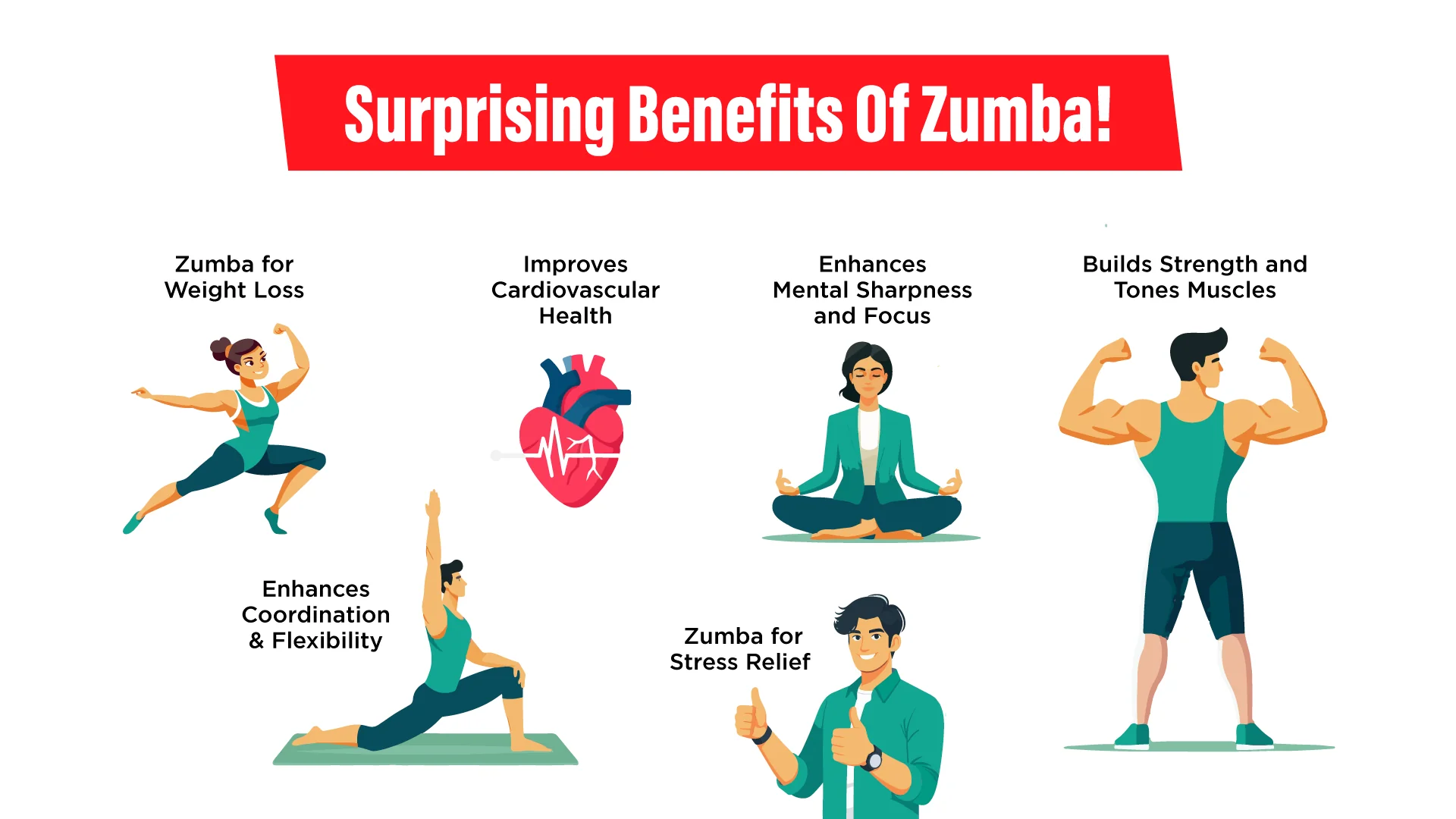
- Improved Cardiovascular Health
Zumba is a fantastic cardiovascular workout. The high-energy moves and consistent pace help increase heart rate, improve circulation, and boost cardiovascular endurance. A regular Zumba practice can reduce the risk of heart disease, high blood pressure, and cholesterol. - Burns Calories and Aids in Weight Loss
The combination of fast-paced music, energetic movements, and non-stop dancing in Zumba burns a significant number of calories. In just one hour, you can burn between 500-1000 calories, depending on the intensity. It’s an effective, enjoyable way to achieve weight loss goals. - Full-Body Workout
Zumba involves a wide range of movements, including twists, lunges, and jumps, engaging different muscle groups. From head to toe, your body is in motion, working out the arms, core, legs, and glutes. It improves both strength and flexibility, offering a comprehensive workout. - Stress Relief and Improved Mental Health
Dancing is known to release endorphins, the “feel-good” hormones, which improve mood and reduce stress. The lively music and dance movements also make Zumba a great mental escape, helping participants unwind, feel happier, and reduce symptoms of anxiety and depression. - Improved Coordination and Balance
Zumba requires learning various dance moves and rhythm changes, which can improve balance and coordination. This is especially beneficial as it enhances body control, helping you stay agile and reducing the risk of injuries in other activities. - Inclusive and Beginner-Friendly
Zumba welcomes people of all ages and fitness levels. Since it’s about moving to the beat and having fun, you don’t need prior dance experience to enjoy a Zumba class. Instructors encourage participants to go at their own pace, making it a great workout for everyone.
Basic Steps of Zumba
Each Zumba class incorporates elements from different dance styles, making it diverse and engaging. Here are some basic steps you might encounter in a Zumba session:
- Merengue March
-
- Step 1: Stand with feet together and arms relaxed.
- Step 2: March in place to the beat, lifting one knee at a time.
- Step 3: Move your arms in sync with your legs, adding style and energy.
- Purpose: This is a warm-up step that helps increase heart rate and prepares the body for more dynamic moves.
- Salsa Step
- Step 1: Begin with feet together, bending knees slightly.
- Step 2: Step one foot out to the side, then back to center, repeating on the other side.
- Step 3: Add hip movement to enhance the step and get into the rhythm of the music.
- Purpose: Salsa steps target the core and legs, improving balance and rhythm.
- Reggaeton Stomp
- Step 1: Start with feet shoulder-width apart.
- Step 2: Bend your knees slightly and stomp one foot forward while bringing the opposite arm across your chest.
- Step 3: Alternate feet and keep moving to the beat, adding attitude and intensity.
- Purpose: The stomp is great for strengthening legs and improving coordination.
- Cumbia Basic Step
- Step 1: Stand with feet hip-width apart.
- Step 2: Step one foot to the side, then bring the opposite foot to tap in front.
- Step 3: Add a bit of hip sway for a classic Cumbia feel.
- Purpose: Cumbia steps provide a slower rhythm, allowing you to catch your breath while working on hip mobility.
- Cool-Down Movements
- Zumba classes always end with a series of cool-down steps that include gentle stretching and slower movements to help relax the muscles, ease the heart rate down, and prevent stiffness or soreness.
Tips to Get the Most Out of Your Zumba Class
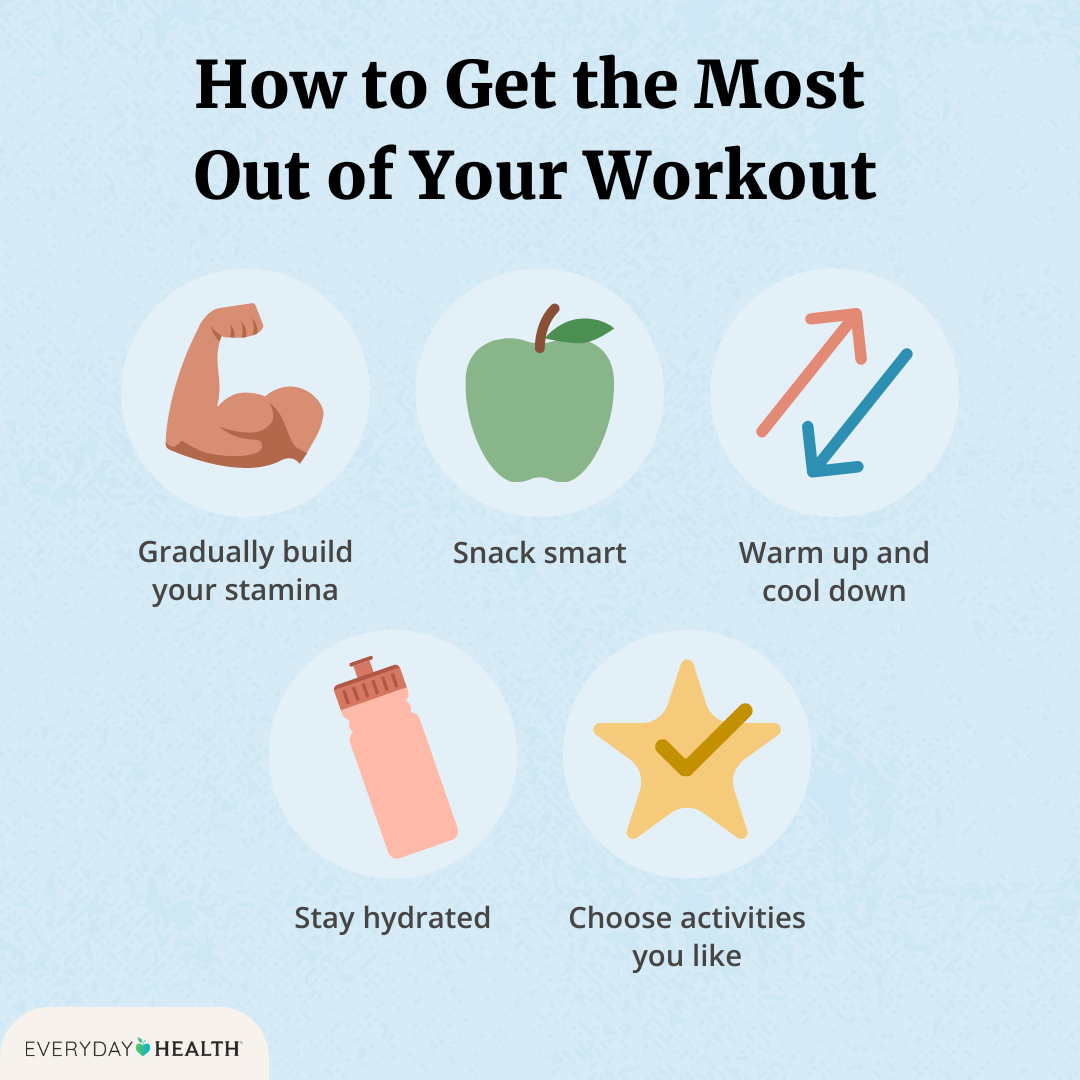
- Focus on Enjoyment Over Perfection: Zumba is about having fun, so don’t worry if you miss a step! Let yourself get into the music and the moves will come naturally over time.
- Stay Hydrated: Since Zumba can be quite intense, staying hydrated is crucial. Bring a water bottle and take sips as needed.
- Dress Comfortably: Wear lightweight, breathable clothing and supportive athletic shoes to allow freedom of movement and avoid injuries.
- Go at Your Own Pace: If you’re new, you don’t need to match the instructor’s energy right away. Focus on finding your rhythm and gradually increase intensity as you become more comfortable.
Why Zumba is More Than Just a Workout
Zumba has created a global community that connects people through movement, rhythm, and joy. Beyond its fitness benefits, Zumba classes foster friendships, build confidence, and encourage people to embrace their bodies and personalities. Every session is like a mini dance party, and the positive energy in the room can be incredibly uplifting.
